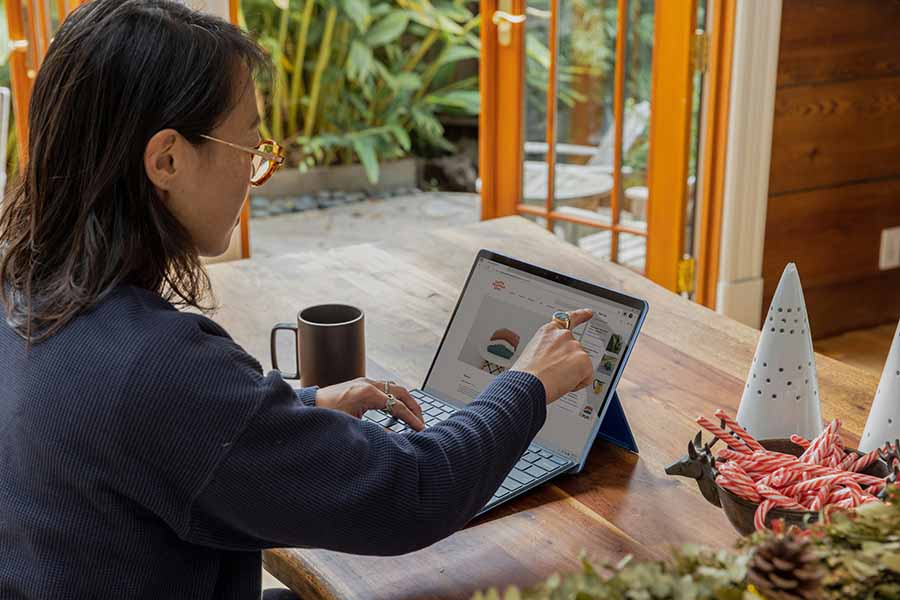How to Start a Business with No Money and No Employees
Starting a business used to mean big budgets, large teams, and expensive overheads. Today, that’s no longer the case. With the rise of technology, the gig economy, and digital platforms, you can launch a business with zero capital and zero employees—relying on your skills, resourcefulness, and smart use of free tools.
Here’s a step-by-step guide to making it happen.
1. Choose a Low-Cost or No-Cost Business Model
Some businesses require huge upfront investment, but many don’t. Focus on models that need little to no capital, such as:
- Freelance services (writing, design, consulting, social media management)
- Dropshipping (sell products without holding inventory)
- Affiliate marketing (earn commission promoting others’ products)
- Digital products (courses, e-books, printables)
- Online coaching or tutoring
The key is to sell skills or knowledge rather than physical assets you don’t yet own.

2. Use Skills You Already Have
If you have no money, your biggest resource is your skill set. Ask yourself:
- What problems can I solve for others?
- What do people already come to me for advice or help with?
- Which of my hobbies could be monetized?
Starting with what you know cuts down on training costs and allows you to start selling faster.
3. Leverage Free Tools and Platforms
You don’t need to hire employees or buy expensive software when there are countless free resources available:
- Canva – Design graphics, presentations, and social posts.
- Google Workspace (Free Version) – Email, Docs, Sheets for organization.
- Trello or Notion – Project and task management.
- Social media platforms – Market your business for free.
- WordPress.com / Wix / Carrd – Build a free website to showcase your offer.
With the right mix of tools, you can operate like a full company without a payroll.
4. Build a Personal Brand Instead of a Big Team
When you can’t hire people, you need to make yourself the “face” of your business. This means:
- Show up consistently online.
- Share your expertise through videos, blog posts, or social media.
- Create trust through transparency and authenticity.
A strong personal brand can drive sales without paid advertising or a large team.
5. Start Selling Before You’re “Ready”
Waiting until everything is perfect is a luxury you can’t afford. Instead:
- Offer your services to friends, family, or existing contacts.
- Pre-sell a course or product before creating it (only make it if it sells).
- Take on small, quick projects to build momentum.
Action creates income—and experience.
6. Automate and Outsource Strategically
While you might not have employees, you can still get help without hiring full-time staff. Use:
- Automation tools like Buffer (for social media) or MailerLite (for email marketing).
- Freelancers on Fiverr or Upwork for one-off tasks you can’t handle.
- AI tools for writing, research, and design.
This gives you the effect of a team without the ongoing payroll.
7. Keep Costs Near Zero
A lean business is easier to grow. Avoid:
- Renting office space (work from home or co-working spaces with free plans).
- Buying equipment you don’t absolutely need.
- Taking on debt before you’ve proven your business model.
Minimal expenses mean faster profitability.
8. Focus on Cash Flow, Not Perfection
Without investors or a team, your business survives on cash flow. Prioritize:
- Fast-paying clients or products.
- Clear payment terms (upfront deposits for projects).
- Avoiding long-term commitments that tie up your money.
Positive cash flow keeps your business moving forward.
9. Grow Through Networking and Collaboration
When you can’t afford to hire people, partnerships can fill the gap:
- Collaborate with other small business owners.
- Exchange services instead of paying for them.
- Join free business communities on LinkedIn, Facebook, or Reddit.
Connections can open doors to clients, opportunities, and resources.
Starting a business with no money and no employees isn’t just possible—it’s often how the most resilient entrepreneurs begin. By starting lean, using your skills, and leveraging free tools and networks, you can build something sustainable without taking on unnecessary risk.
Remember: your biggest assets right now are creativity, resourcefulness, and the ability to take action. Money and a team may come later—but they aren’t prerequisites for success.

